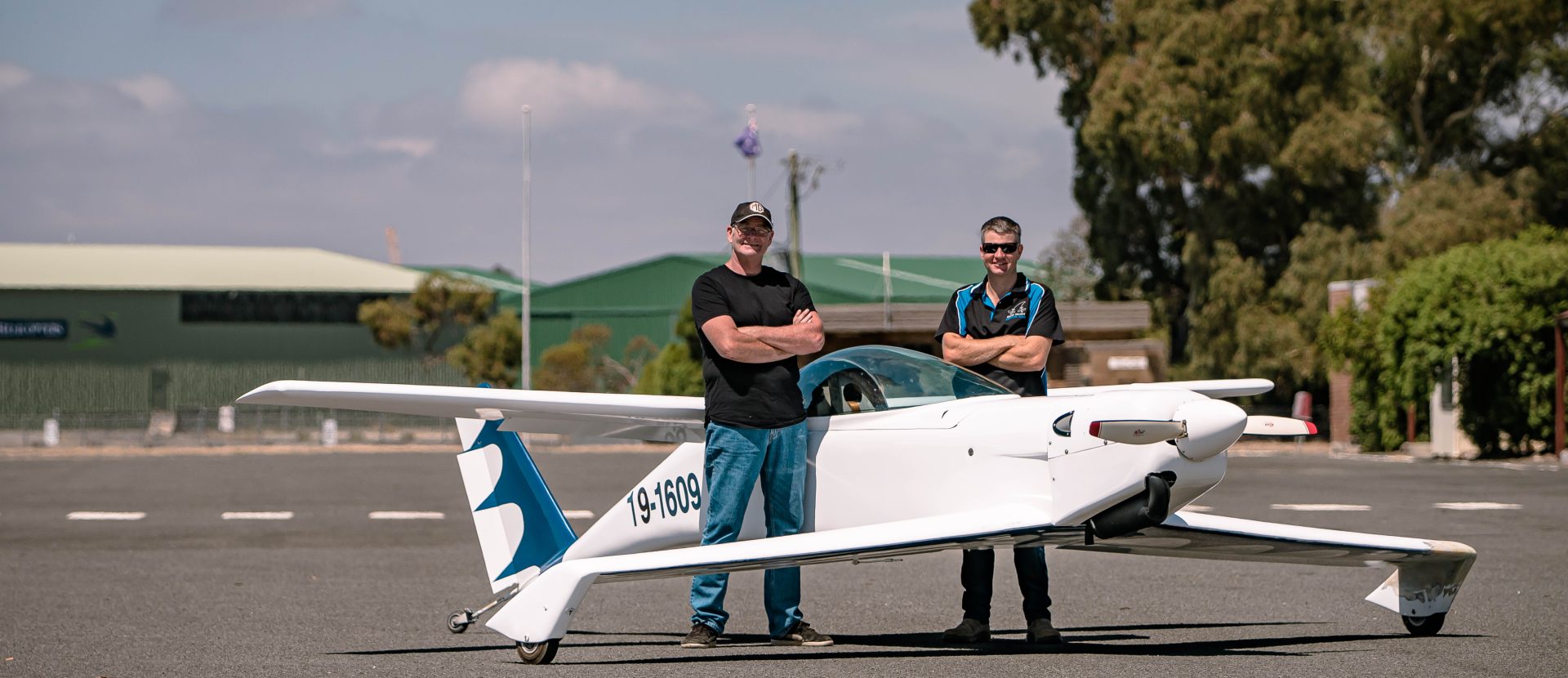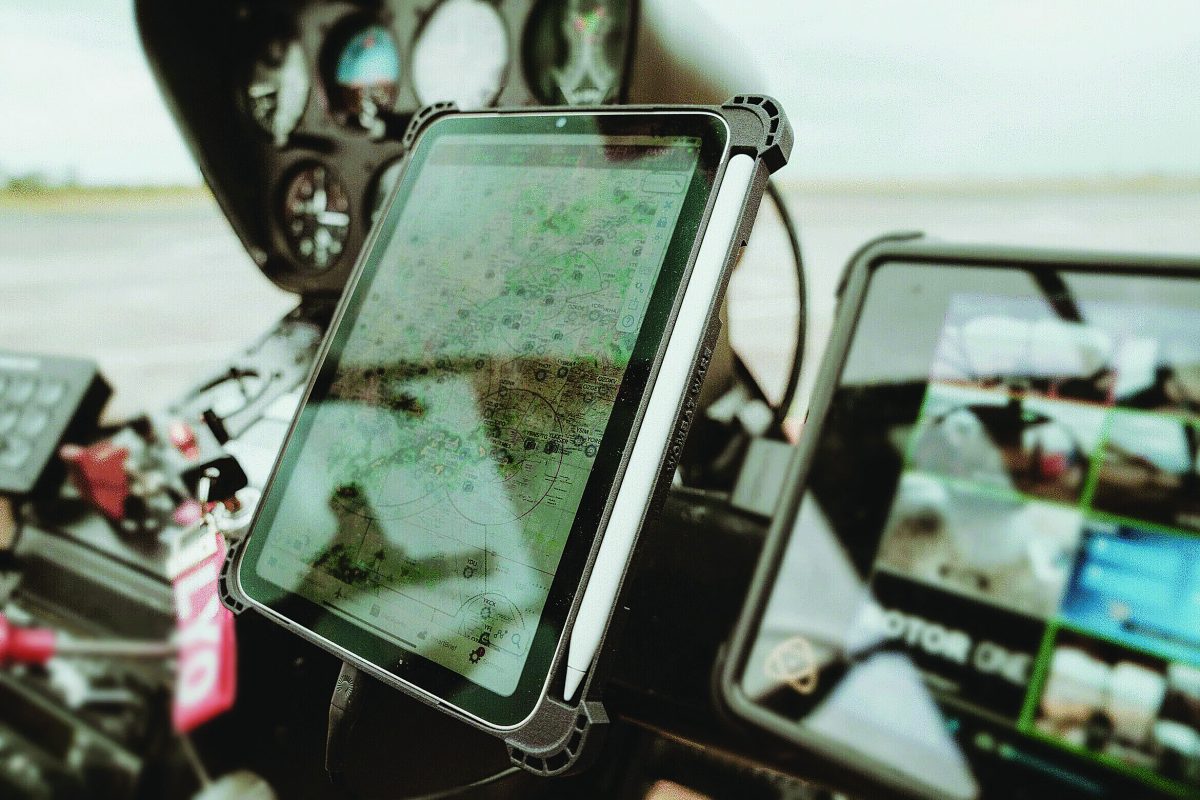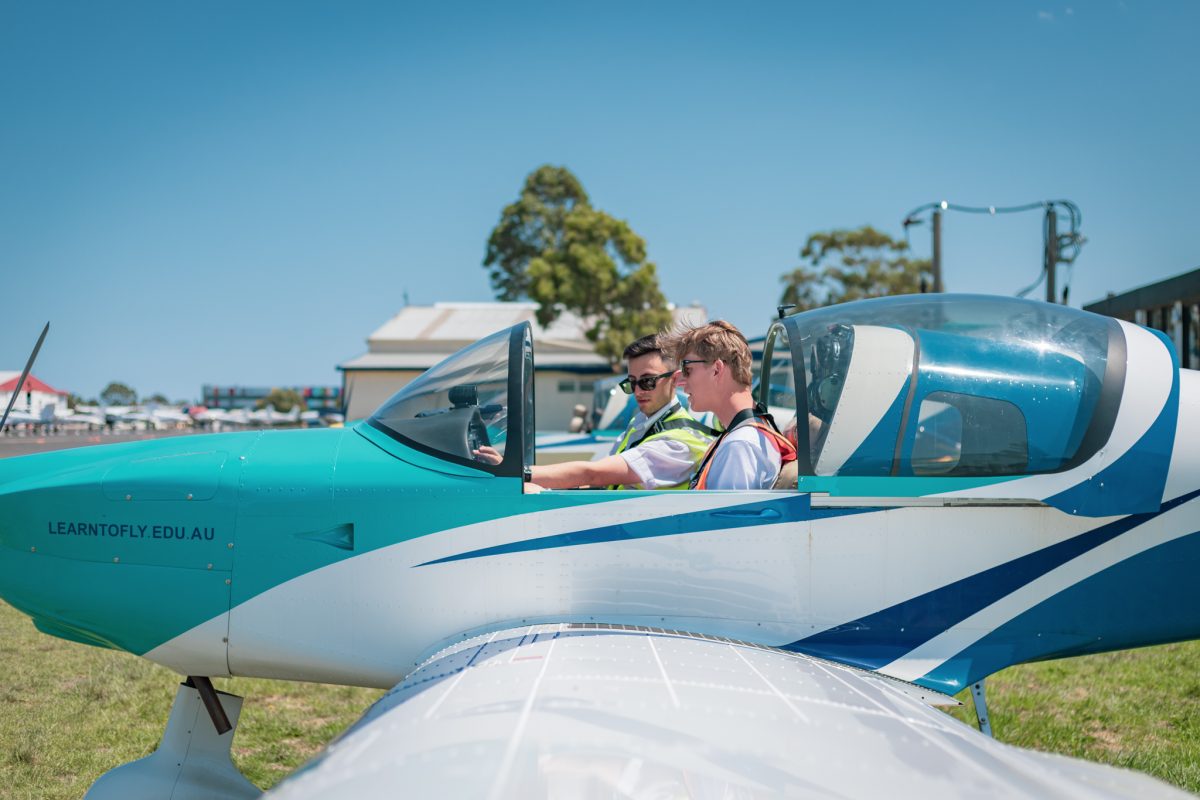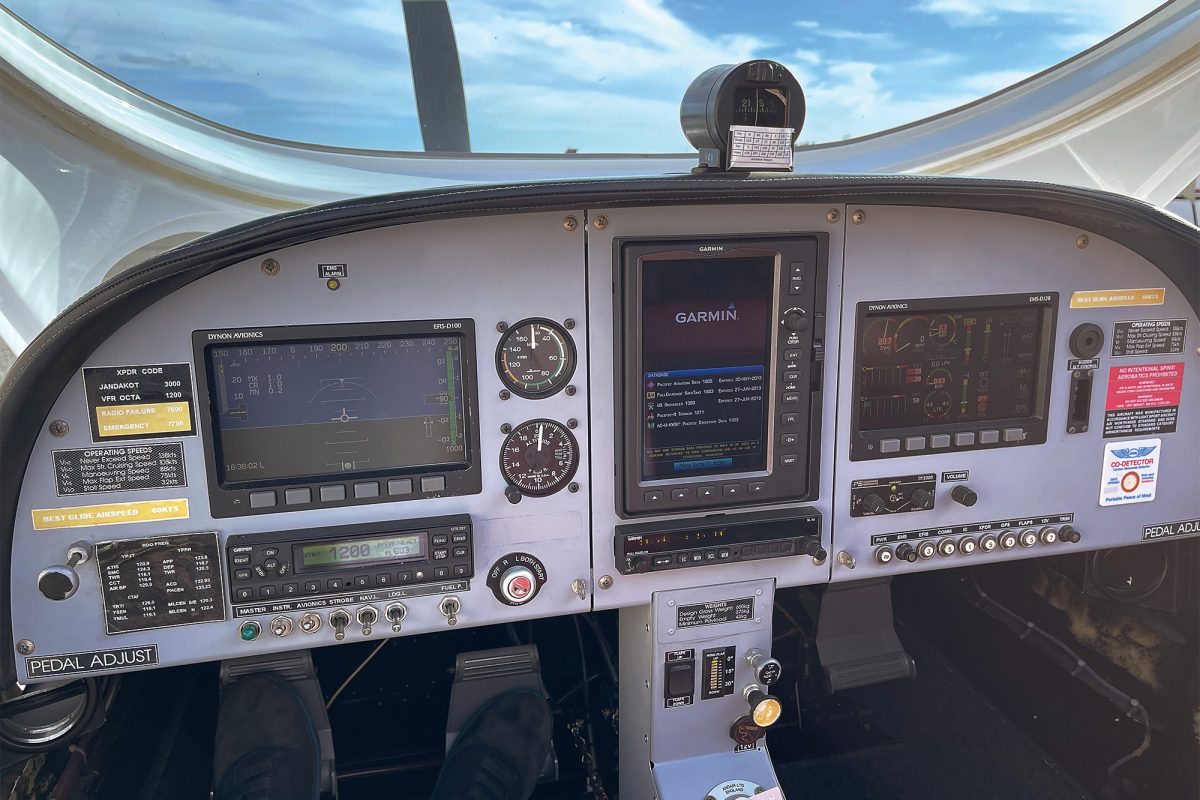THE DECADE-LONG BUILD OF A TRULY UNIQUE AIRCRAFT
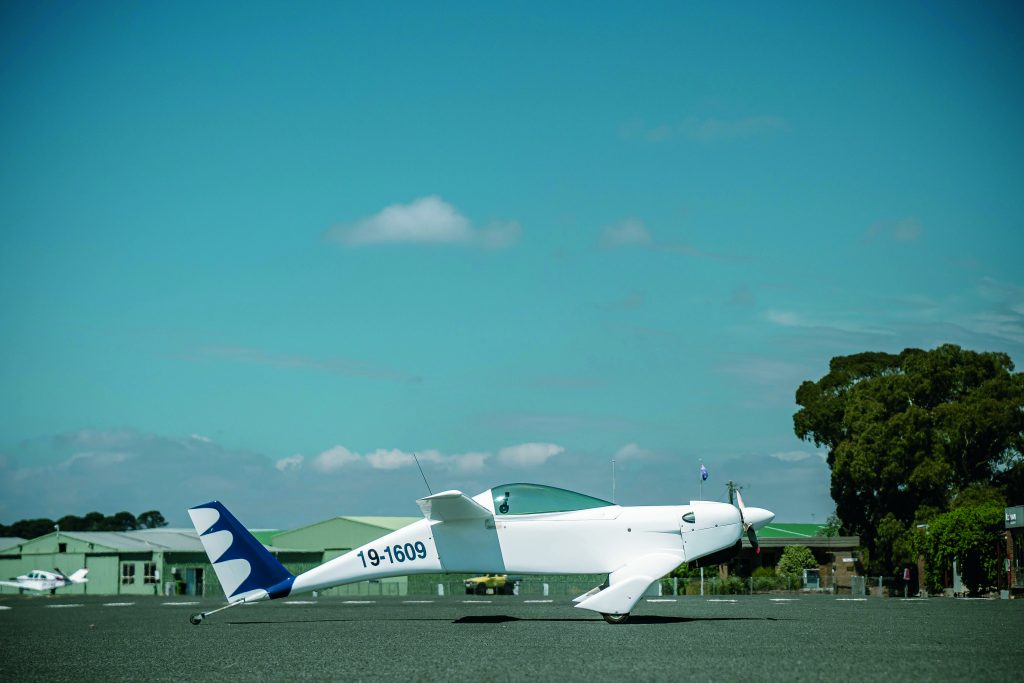
Building your own aircraft can be a tough and gruelling process, with hours spent in the shed or hangar riveting beyond eternity. If you set your mind to the task however, there will eventually come a day when your pride and joy is ready to fly. This is the feeling Mark Wilson is currently experiencing as he nears the end of his decade-long build of an ironically named “Q1 Quickie”.
“I bought the project from a guy not far from where I live, in Ballarat”, Mark explained to me when I asked about his build, reminiscing back some 13 years to the first sighting of his Quickie. “I went out there and looked at it and thought ‘What the hell is it?’”. If you’ve never seen a Quickie before yourself, it’s a perfectly natural thought to have.
The Q1 Quickie was designed by legendary aircraft designer Burt Rutan, a man famous for his “unconventional” aircraft designs. Its unusual tandemwing and landing gear configuration make the Quickie a unique plane at any aerodrome it visits, but its design is not purely for aesthetics. The Quickie was specifically designed to be a low-power, high-efficiency kitplane that made aircraft ownership attainable for recreational pilots, and affordable in the long-run.
Produced by the Quickie Aircraft Corporation (and a number of other companies under licence), roughly 1,000 Q1 Quickie kits were produced between 1978 and the company’s closure in the mid-1980s. A sister aircraft, the two-seater Q2 was also produced on a somewhat larger scale, but it’s the Q1 that has the sole distinction of claiming Burt Rutan’s involvement. Keen eyes might also note that the Quickie bears a similarity to the Viking Dragonfly, another tandem-wing aircraft whose design was based on Rutan’s own.
After doing some research himself, Mark tracked down the owner of one of the few flying Q1s in Australia, Stuart Michael, to find out a bit more about the type. “He was really enthusiastic about it, he reckoned it was a great little aeroplane,” Mark told me. After a short phone conversation, Mark asked if he could come and see Stuart’s Q1 in person. A few weeks later, Mark was making the trip from his home near Ballarat, Victoria, to Snowtown in South Australia to take a look at a fully operational Q1.
“I’m watching him taking off and flying around and I’m just thinking ‘Oh my god, I’ve got to have one of them’,” Mark says, recalling that first visit to his now good friend Stuart’s farm. “I came back and bought my Quickie, still in pieces.” That was that – Mark had officially begun his very own build.
The first challenge Mark faced was with the Quickie’s engine. “It still had the Onan engine that came with it.” Mark tells me. An 18hp opposed four-stroke engine, the Onan was originally chosen by Burt Rutan for its light weight (32kg) and reliable nature. Unfortunately, the Onan didn’t really pack the power that Mark – and many other Quickie enthusiasts – had hoped for. “The Onan made it fly, but it was very marginal, with a climb out rate of about 200ft/min.” Mark was faced with a decision. “I wanted a bigger engine, and I was pretty keen on an industrial V-twin, but I’d just gone and seen a fully operational Quickie in South Australia, I should probably just copy him,” he said. So, after some considerable tossing and turning, Mark bought a Rotax 503 – like his mate Stuart’s – to put in his Quickie.
The Rotax 503 ceased production around 2011, but out of the box is a 50hp (37kw at 6800rpm) twostroke, air-cooled twin banger, burning around 15L/hour. Whilst Rotax had limitations on the level of testing and certification of the 503, its suitability has seen it bolted to quite a wide variety of light aircraft.
With a key decision out of the way, Mark continued with his build – all the while keeping in touch with Stuart back in South Australia. Stuart had mentioned he was having some issues with the fuel tank, so Mark decided to get ahead of the potential issue and replace his tank as well. “I designed a new fuel tank that I could get in and out easily, and had an aircraft mechanic in Ballarat make it up for me,” he said. After about 18 months of work, Mark’s Q1 was beginning to take form.
Unfortunately, progress on the Quickie hit a snag when Mark moved to Sydney for a few years for a new job, forcing him to shelve the project for some time. After returning to Ballarat, Mark started his own business which continued to take much of his would-be building time away from him.
“About four years ago I started getting stuck into it again,” Mark explained, tackling the build on weekends and in his scarce spare time. There was a considerable amount of delamination in the fibreglass, and a lot of this time was devoted to fixing it up. Wiring, plumbing and final adjustments were to follow, and over the course of another year or so, Mark had finally reached the flight-ready stage. “It was good fun, but jeez it took some time,” Mark chuckles.
Ready for flight-testing, Mark took the Q1 down to Lethbridge (YLED) for initial tests, before securing a hangar space at Ballarat (YBLT). After plenty of high-speed taxi runs, Mark handed the Quickie over to a trusted friend for a test flight. “It climbed like an elevator,” Mark tells me “But there were a few rigging issues and other things to do”. Mark also made some adjustments to the propeller, adding two degrees of pitch.
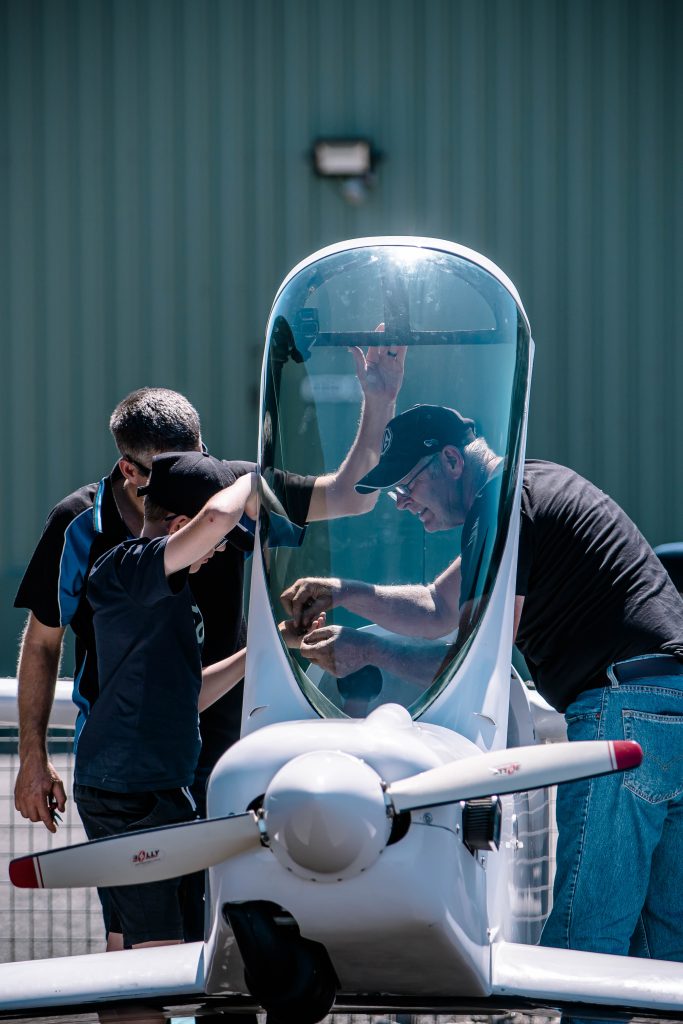
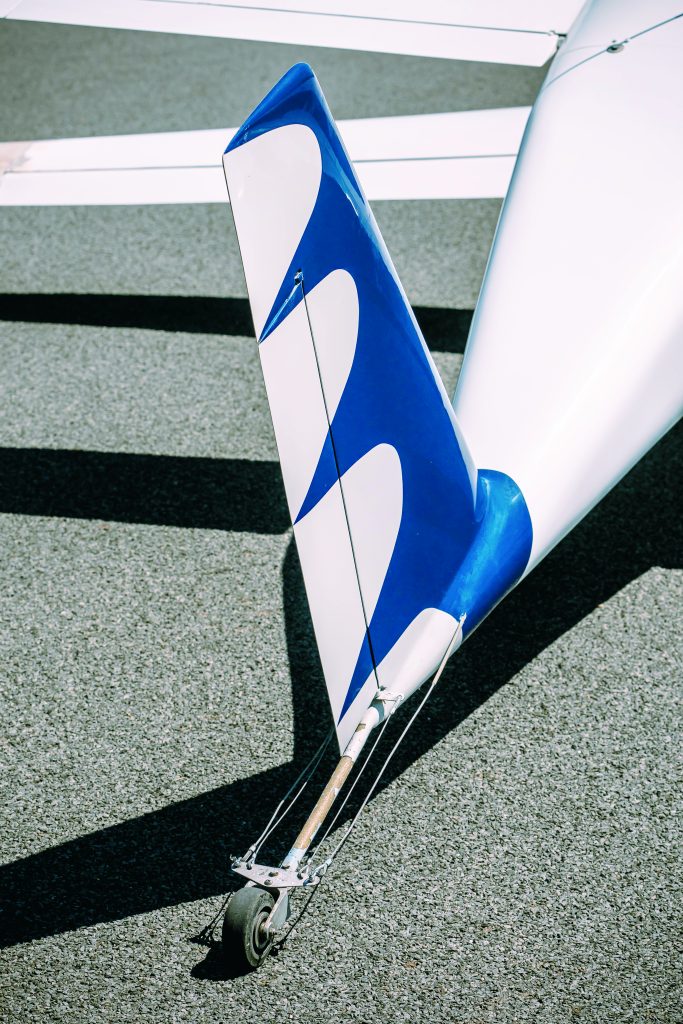
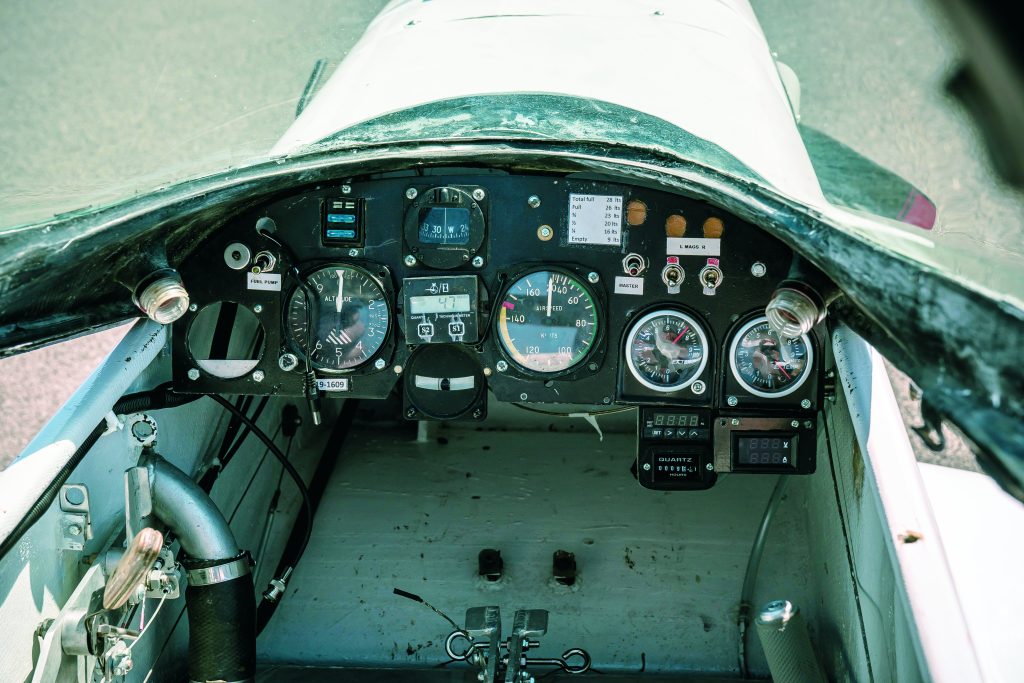
Ready for its second test flight, Mark was unable to organise the same pilot to come back and fly the Quickie. Speaking about his problem to Stuart, the aerobatics-trained ag-pilot offered to come over and fly it himself in December 2020.
After a few high-speed ground runs, Stuart got the Quickie a few feet off the ground before noticing the pitch setting wasn’t working correctly and that the engine was hunting. Crossing the intersection of the two runways at Ballarat at about 85kts, he was faced with either putting it back on the ground or crossing his fingers and hoping he could get up and do a circuit.
Playing it safe, Stuart put the Quickie back on the runway, however the less-than-effective brakes were having a hard time slowing the Q1 down.
Hunting: Variation in the engine RPM indicated by continuous fluctuations. Causes can include abnormal condition of centrifugal governor inside the fuel injection pump, stale fuel, a vacuum leak, a fast idle control device, damaged or incorrectly installed spark plugs or leads.
Quickly running out of runway without sign of slowing down in time, Stuart decided to put the Quickie in the grass to slow it down. It worked, but not without some
considerable damage to the undercarriage. Everyone was safe, but the Q1 had been set back yet again, just as Mark was ready to fly it himself.
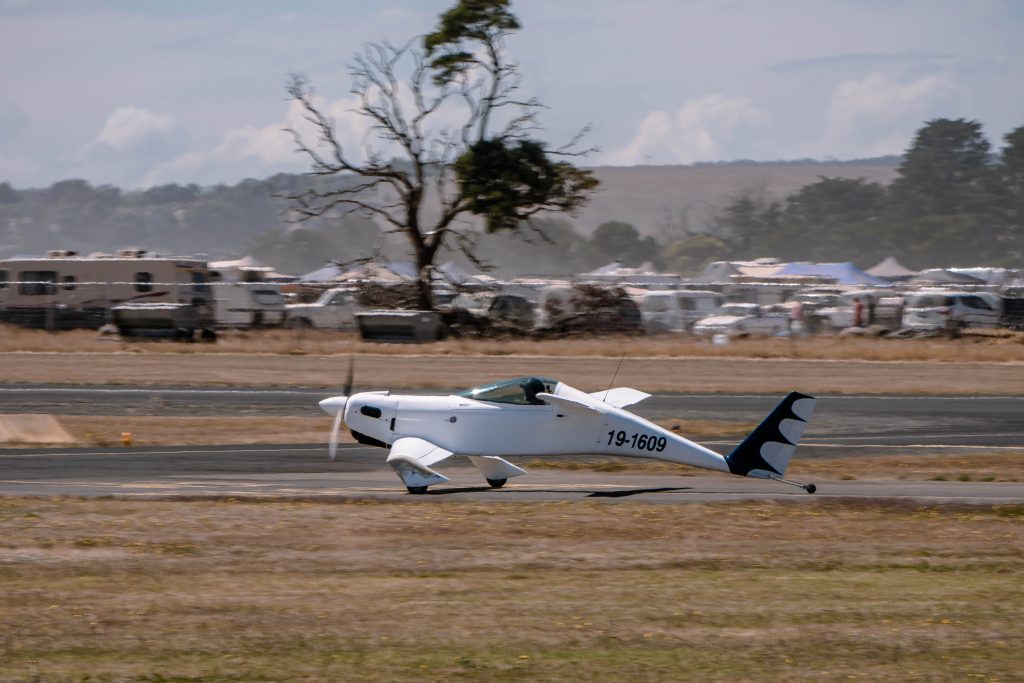
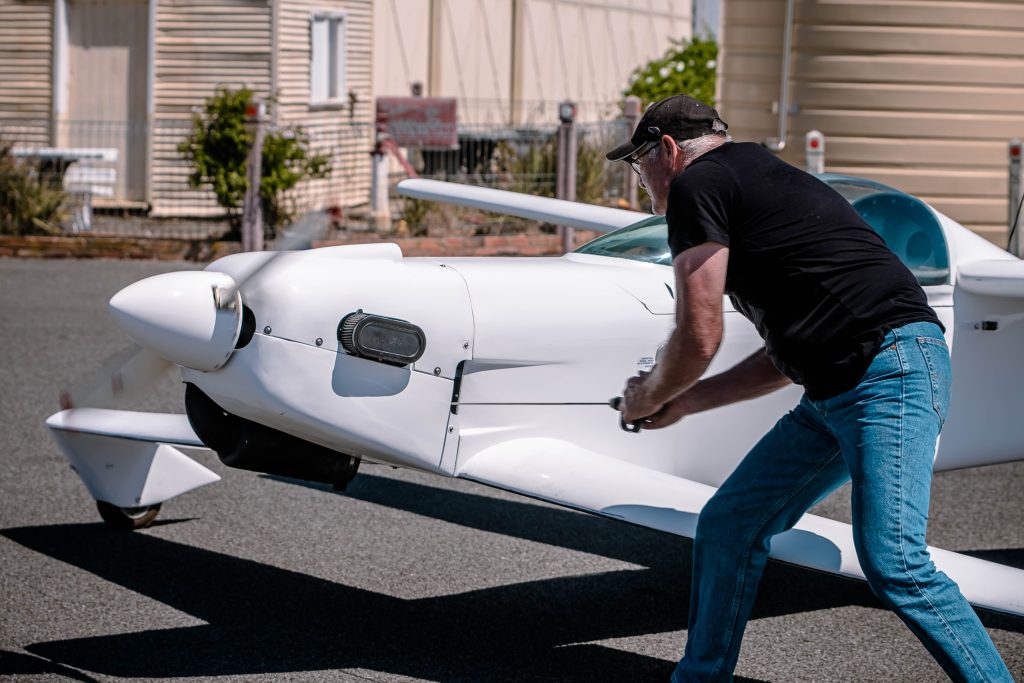
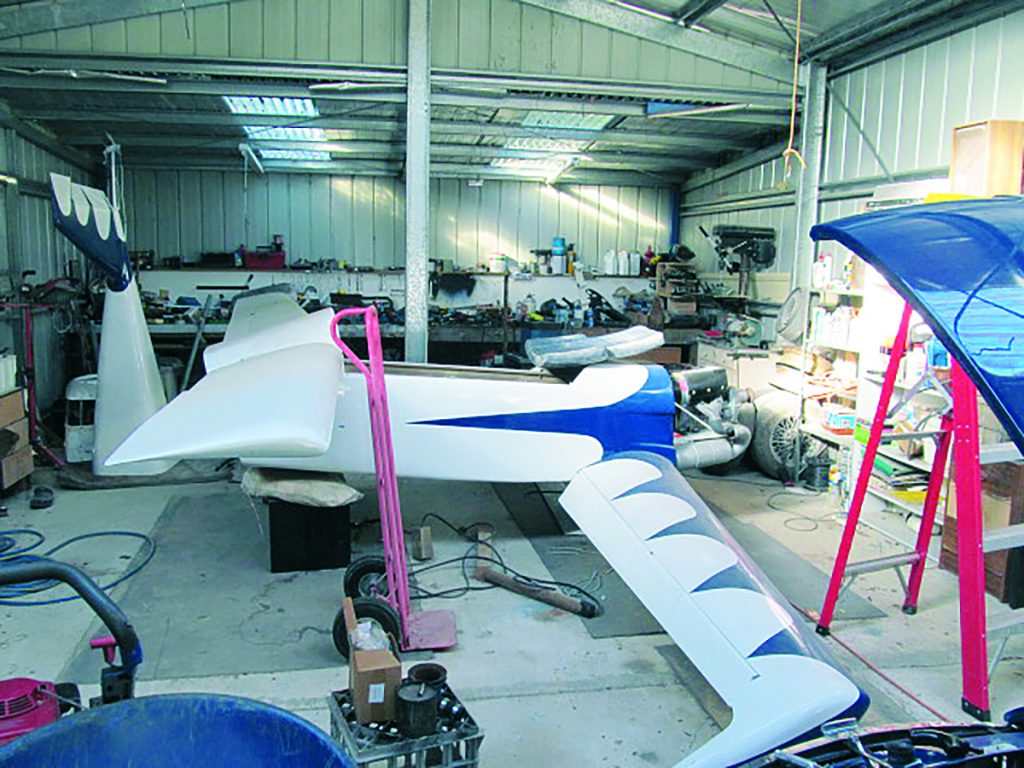
Over the next 12 months, Mark rebuilt the undercarriage and made the necessary adjustments to the engine, propeller and rigging. Finally, the Q1 is ready for testing again. Mark has arranged for Stuart to take his Quickie over to South Australia to test, iron out any creases and officially finish it for Mark to fly.
I asked Mark about the process of building his own aircraft, whether he enjoyed the experience. “It’s interesting, the people you meet along the way,” he said, speaking of a number of friends he has made over the last decade, all helping to get the Quickie in the air. It was a long and arduous process, but evidently the building bug has bit Mark, as he’s bought himself another Quickie.
Destined to be powered by the industrial V-twin that Mark had originally conceived, fingers are crossed the second Quickie is up and running in a shorter timeframe than the first. “It’s all a bit of fun,” he says, reflecting on his time building not one but two flying machines. I get the feeling that Mark won’t be stopping any time soon.
